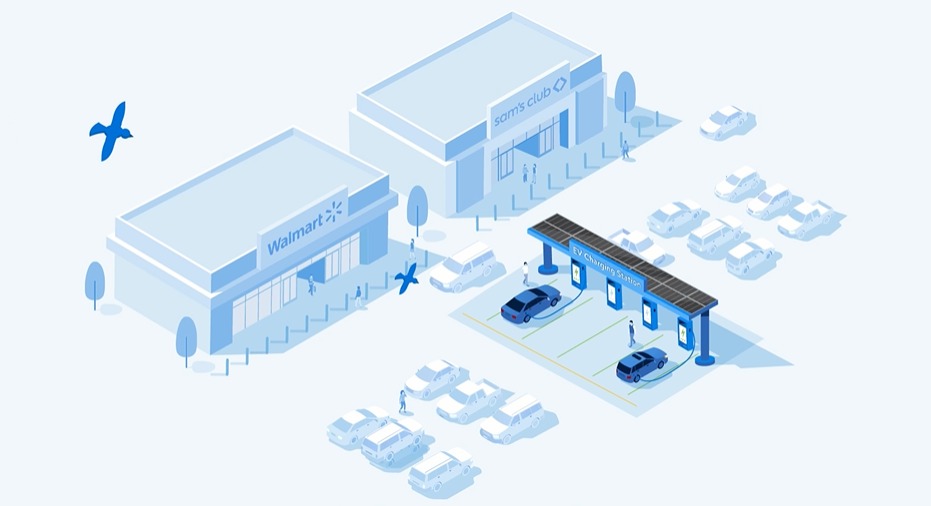Tesla has set a new record by installing more than five times the number of DC fast chargers than its closest competitor in the United States in the first quarter of 2023. The EV manufacturer installed 1,292 DC fast charger ports, which accounted for 59 percent of all new DC port installations, according to data from EV research firm EVAdoption. The company also opened 98 new Supercharger sites nationwide, averaging more than one per day. In comparison, EVgo installed 250 DC fast charging ports between January and March, while ChargePoint placed 203.
Despite billions of dollars in incentives from federal and state governments for the expansion of the EV charging infrastructure for all brands of vehicles, Tesla funded the majority of its new installations, with only 10 of the 98 new locations offering CCS compatibility via the “Magic Dock.”
Tesla continues to lap the other US DCFC networks, having installed nearly 1,300 DCFC ports in Q1 2023 or 59% of all new DCFC ports.
At current pace, Tesla should install ~5,200 new DCFCs in 2023 and all networks combined roughly 8,700.
Tesla now averages 13.2 chargers/site. pic.twitter.com/C8SEFZxfHZ
— EVAdoption (@EVAdoptionTweet) April 3, 2023
Quite the eye chart, but follow-up to the chart we posted yesterday.
There were 90 total days in Q1 2023 and Tesla opened 98 new Supercharger stations (sites) — an average of more than one per day — thought they tended to open (or at least report openings to AFDC) in bunches. pic.twitter.com/NCHDIwVvgX
— EVAdoption (@EVAdoptionTweet) April 4, 2023
Tesla currently operates the largest network of DC fast chargers in the US, with 12,580 DC FC ports active, according to EVAdoption’s website. After adding Level 2 locations, Tesla’s tally goes up to 27,257 ports. In comparison, ChargePoint has more total ports active (48,946), but the vast majority of them are Level 2 (47,114), and only 1,675 are DC fast chargers.
One of the reasons why Tesla managed to outperform its competitors is due to its Prefabricated Supercharger Units (PSUs), which are fully assembled and come with stalls mounted on a concrete slab and electrical components prepared for grid connectivity. This reduces the time needed for on-site installation.
The expansion of Tesla’s charging infrastructure is part of the company’s commitment to support the growth of EV adoption across the country. As always, the company’s success has been a topic of discussion among EV enthusiasts and industry experts alike.







